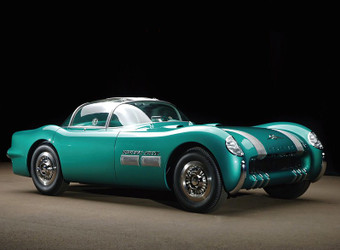A Look at the Early Pontiac Bonneville: 1958 - 1970
Posted by Collectors Auto Supply on May 21st 2020
The Bonneville nameplate first made its appearance on a concept car built by GM in 1954. That car was the Bonneville Special, which looked very similar to the Chevy Corvette with a bubble top and two-seater layout.
The Bonneville name showed up next as a luxury convertible trim of the Pontiac Star Chief in 1957. This special model was packed with nearly every option offered by Pontiac at the time, except for air conditioning. The Star Chief Bonneville sold for a price tag that rivaled Cadillac. The nearly $5,800 sales price was almost twice the base price of the Chieftain, which was the foundation platform.

The Bonneville trim of the Star Chief remains one of the most collectible Pontiac models of all time as only 630 cars were produced.
First Generation - 1958
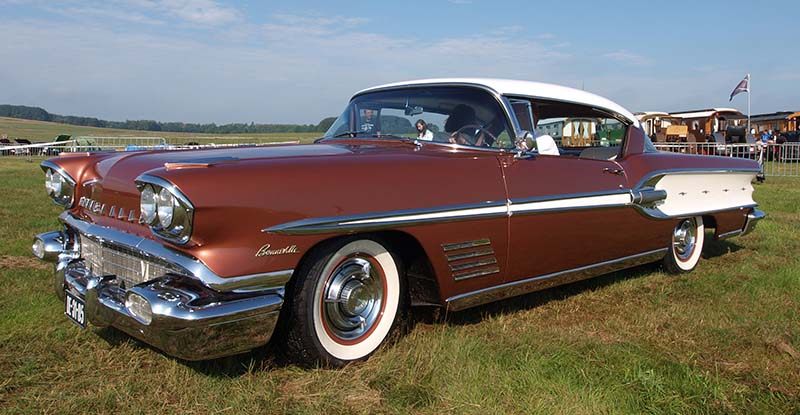
In 1958, the first generation of Bonneville was introduced as a fully separate model. It came in a two-door hardtop layout and a two-door convertible. The Bonneville's price tag was nowhere near the previous luxury Star Chief trim at about $3,000. This was largely due to the removal of most of the luxury options as standard equipment. They were still available as options for a price, of course.
The standard engine was a 300 horsepower, 370 cubic-inch V8 engine with a four-barrel carburetor. A fuel injection system was optional on this Bonneville (where it was standard on the Star Chief), but it cranked the price tag up to over $5,000. The only transmission was a three-speed manual Super Hydra-Matic.
Second Generation - 1959 - 1960
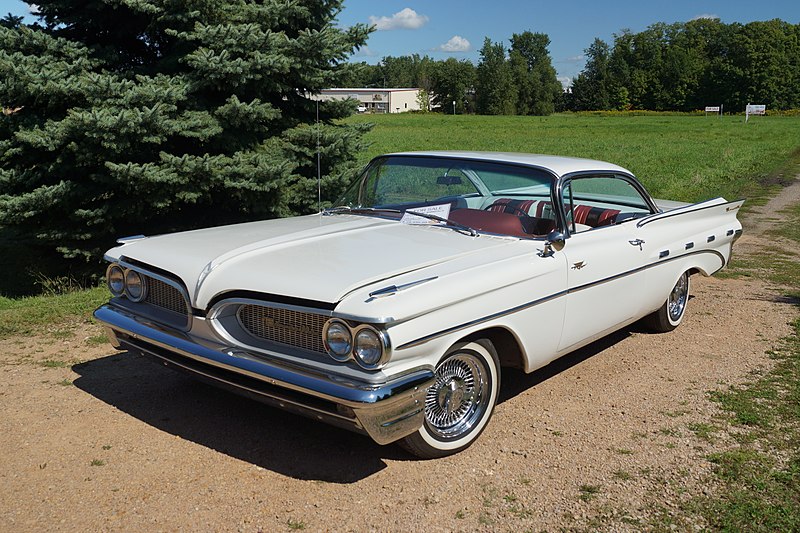
The Bonneville enjoyed an upgrade in this generation as a top-of-the-line model for the carmaker. Along with a two-door coupe layout, it was also available in a four-door hardtop sedan and four-door station wagon. A two-door convertible trim was available as well.
The Bonneville played an important role in Pontiac's future marketing endeavors by featuring the split grille and displaying the Wide Track moniker. This wasn't just an ad slogan, but a real thing as the Bonneville had its wheels pushed out towards the fender to create a wider stance and allow it to corner better than most of its full-size competition.
In terms of new Pontiac Bonneville parts for this generation, the engine was changed to a 389CID Tempest 420 V8 making 300 horsepower. The transmission remained the same. The wheelbase was increased by two inches to 124 inches total, and the overall length went up to 220.7 inches from the previous 211.7. The width also increased from 77.4 inches to 80.7 inches. The Bonneville was a big, heavy car at over 4,000 pounds in curb weight.
Third Generation - 1961 - 1964
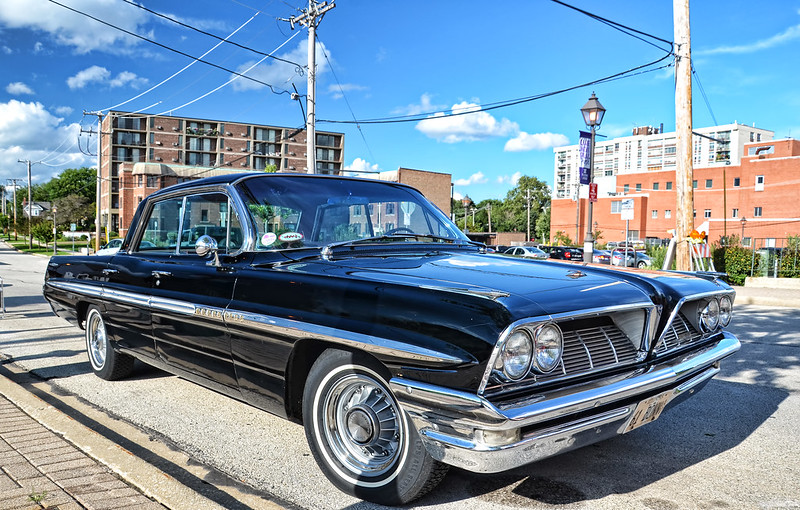
For its third generation, the Bonneville continued to be the most expensive and luxurious model available in Pontiac's lineup. This boosted Pontiac's overall sales to third place among carmakers between 1962 and 1970. The protruding split grille style that got attention in the Bonneville's second generation, started appearing on all Pontiac cars in the early 1960s.
Once again, the Bonneville was available in several layouts, including a two-door convertible, two-door hardtop, four-door hardtop sedan and four-door station wagon. This time two engines were available in the 389 cubic-inch, 6.4-liter V8 and the 421 cubic-inch, 6.9-liter V8. Two transmissions were available in this generation. One of these was the previously-used three-speed manual, but the others were a four-speed manual and a Hydra-Matic automatic transmission.
Pontiac Bonneville interior parts for this generation included upgraded Morrokide vinyl and cloth upholstery in the coupes and sedans while convertibles got genuine leather upholstery. Other interior details included walnut veneer trim on the instrument cluster and door panels. Convenience options included power windows, power seats, cruise control and power steering among others.
Fourth Generation - 1965 - 1970
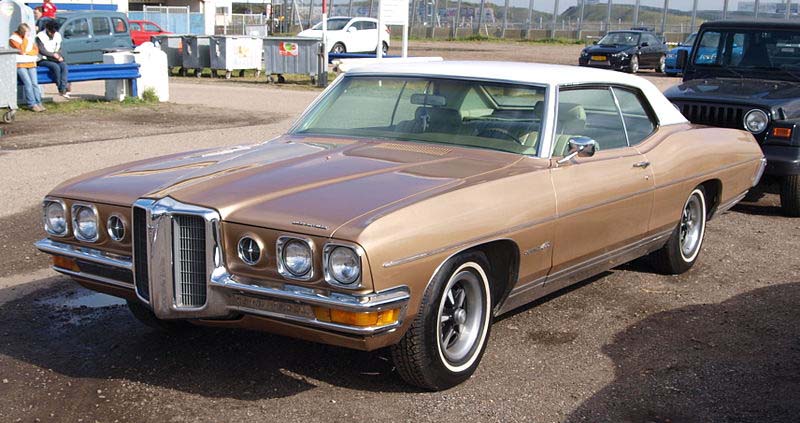
The fourth generation of Bonneville saw the dramatic restyling of the Pontiac B-body platform. This new style became known as the "Coke bottle" profile and it was one of the most popular styles of the time. It's also endlessly popular with classic car enthusiasts as a vintage look. Interior Bonneville car parts for this generation included new upholstery and exterior parts included bright trim on the lower part of the car.
The transmission options were basically the same for this generation, but there were a total of five V8 engines available at various points during this run. The biggest one was a 455 cubic-inch 7.5-liter V8 that made as much as 370 horsepower. The 428 cubic-inch 7.0-liter V8 got the most horsepower, however, as it was rated for 390.
Layouts for the fourth-generation Bonneville were the same as the previous generation with four and two-door models available as well as a convertible and station wagon.
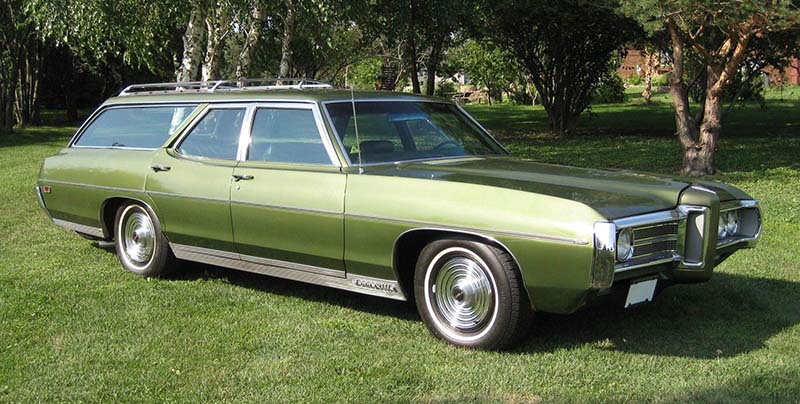
Where To Find Classic Pontiac Bonneville Parts and Accessories
Finding classic car parts for your Pontiac Bonneville project or any other classic auto restoration parts is easier than ever these days thanks to all the classic car auto parts retailers available. Collectors Auto Supply makes it simple to locate the auto restoration parts you need to make your project a success. Just enter your year, make and model to find out what we have. Other places to find classic car parts for sale include salvage yards and through classic car clubs and shows. One thing to keep in mind when looking for classic car replacement parts is that some car models have interchangeable parts due to having the same manufacturer.


